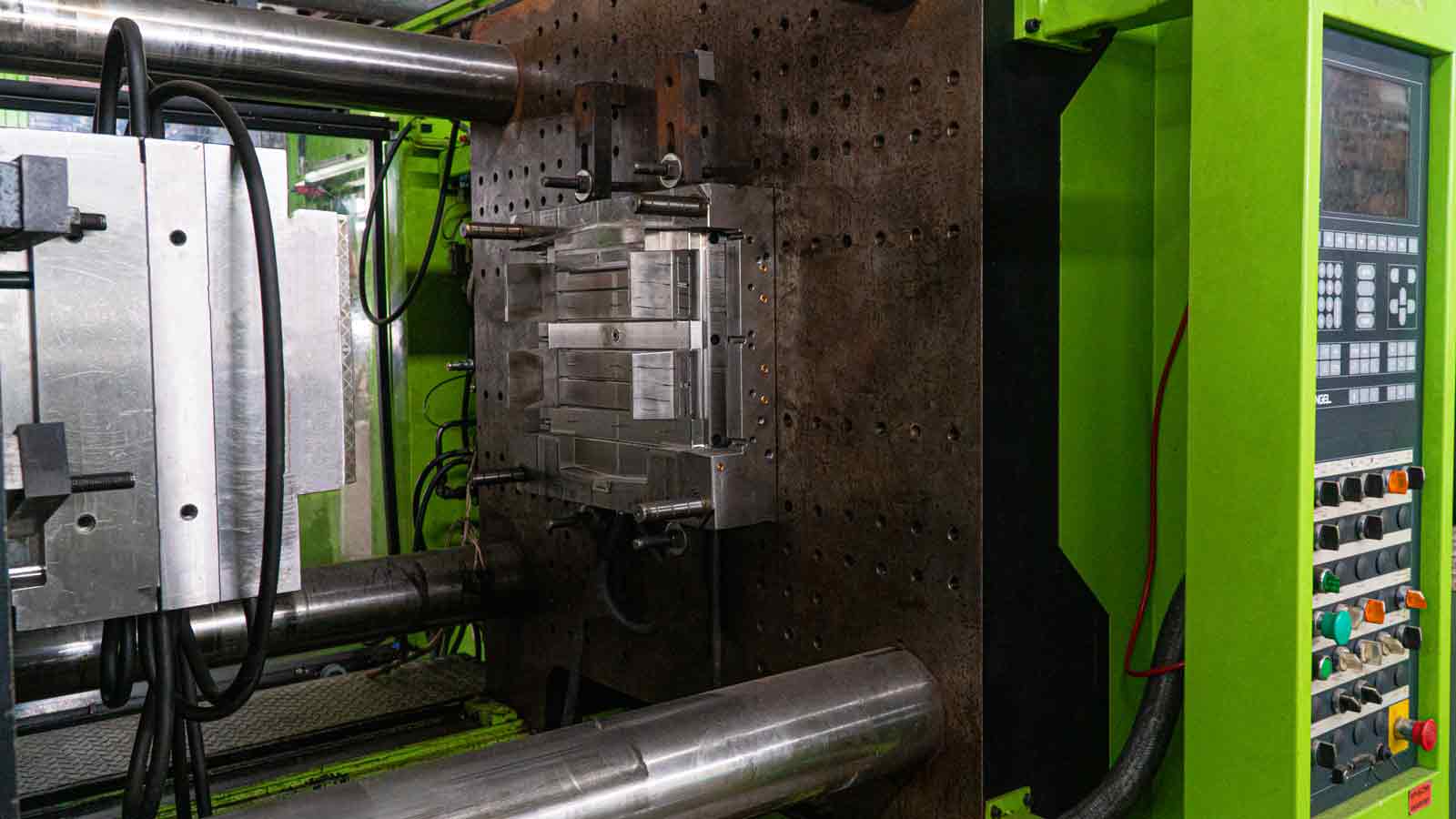
In modern realities, when using plastic mold manufacturing processes, injection molding is considered the most effective method and technology. How does casting take place? What needs to be taken into account to complete it correctly? What are the main advantages of this method?
Plastic injection molding is an efficient and environmentally friendly technology
In fact, injection molding processes have been familiar to mankind for many centuries, and throughout the growth and development of civilization, technologies have been constantly improved and modified. Thanks to this, nowadays any production can be quickly prepared and adapted to the needs, needs and demands of a specific industry.
In simple terms, the casting process involves the introduction of liquid plasticized material into a prepared mold, after which the plastic, after cooling, acquires the required sizes, shapes and dimensions.
The casting process allows you to obtain any shape. However, it is worth emphasizing that each element must have its own injection mold, which is created according to the client’s individual order. Therefore, plastic injection molding is most beneficial when mass production is planned.
What does plastic injection molding look like?
Plastic injection occurs in a cyclic manner. Therefore, this process is repeated, which greatly facilitates multi-batch production. The injection process cycle begins when the mold is open and the cylinder is retracted.
Plastic injection molding occurs in the following sequence:
- bulk material from the loading hopper is transported to the flange (cooled intake area in the screw cylinder, designed to prevent material sticking together);
- a rotating screw transports, compacts and plasticizes the mass;
- the mass is dosed according to a given plasticization process;
- the screw injects the plastic mass into the closed mold under high pressure and speed;
- the mass in the injection mold contracts when cooled and transitions from liquid to solid;
- the screw presses the mass into the mold using pressure (thanks to this, the reduced volume is not only leveled out, but also shrinkage cavities and shrinkage do not occur);
- a new plasticization process is launched;
- cooling occurs;
- the form opens;
- the part is removed.
The plastic injection process can then begin again.
What is needed for the injection process?
Plastic injection molding is possible thanks to the interaction of the injection molding machine and the injection mold connected to it. Relevant parameters such as temperature and pressure are also important in their operation. Only through the cooperation of these elements is it possible to create a plastic part.
Injection molding machine - injection molding machine
The process of plastic injection molding cannot be carried out without an injection molding machine. This is a multifunctional machine that allows you to create parts of any complexity and shape. The most important advantage of this device is its high repeatability.
Thanks to it, you can get many identical elements that will not only be extremely detailed, but also durable. When choosing these machines, you should choose proven models and buy injection molding machines from well-known manufacturers.
Specifications
Injection molding, in addition to machines, also requires appropriate parameters during each cycle of the injection process. The first is temperature. It is responsible for sufficient liquidity of the material. If the temperature is too low, the mass remains in a hard or inflexible state, making the injection process impossible.
However, the temperature cannot be too high. This leads to the destruction of plastic and loss of its properties, which directly leads to deterioration in the quality of the product.
The second important parameter is the pressure in the machine cylinder. This is of great importance when pressing a plastic mass into a mold. If the pressure is too low, the entire surface of the mold will not be filled with plastic, resulting in bubbles and depressions. However, too much pressure can cause the mold to tilt and material to spill out.